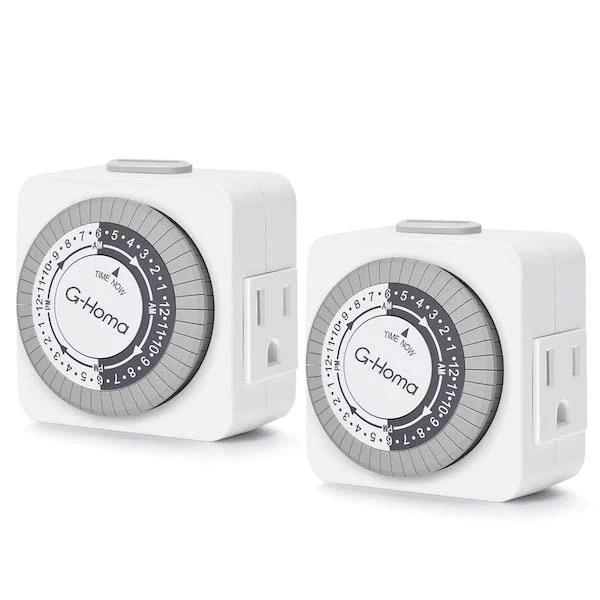this post was submitted on 25 Dec 2023
154 points (100.0% liked)
196
18049 readers
1029 users here now
Be sure to follow the rule before you head out.
Rule: You must post before you leave.
Other rules
Behavior rules:
- No bigotry (transphobia, racism, etc…)
- No genocide denial
- No support for authoritarian behaviour (incl. Tankies)
- No namecalling
- Accounts from lemmygrad.ml, threads.net, or hexbear.net are held to higher standards
- Other things seen as cleary bad
Posting rules:
- No AI generated content (DALL-E etc…)
- No advertisements
- No gore / violence
- Mutual aid posts are not allowed
NSFW: NSFW content is permitted but it must be tagged and have content warnings. Anything that doesn't adhere to this will be removed. Content warnings should be added like: [penis], [explicit description of sex]. Non-sexualized breasts of any gender are not considered inappropriate and therefore do not need to be blurred/tagged.
If you have any questions, feel free to contact us on our matrix channel or email.
Other 196's:
founded 2 years ago
MODERATORS
you are viewing a single comment's thread
view the rest of the comments
view the rest of the comments

Wait, constant charge/discharge cycling is better for phone batteries than smart phone trickle charge circuitry?
I don’t think it’s so much the charge circuitry as keeping the battery at 100% all of the time. keeping it plugged, but software limited to 80% capacity is probably better than letting it discharge.
I know keeping a battery at 100% is worse than 80% for li-ion batteries. That is not the discussion. OP specifically suggested a constant full charge/discharge cycle as an improvement over leaving the device plugged in, and I can't imagine that being better for the battery.
I guess what I was trying to say is that yeah, it probably would be better than keeping it fully charged. I wouldn’t let it dip below 20% though.
Lower is no problem. The damage is done by the high voltages and also temperature. Don't go below something like 2 V and you will be just fine.
Whilst going below 20% is definitely a lot less bad than going over 80%, it will have the longest life if you stick between those two.
No. Going as low as possible and staying as low as possible is the best for any lithium battery. Here a good source: Accubattery. Note how "battery University" is not a credible source, despite their name. Maybe they made people believe this in the first place.
And here a primary source for the most fragile LiPo cells. Look at figure 7. Even down to 1.2 V and the cells still reached 50 cycles until they were at 80 % remaining capacity. Not going below 2 V and it will be just fine.
Should be better better than just cooking it at 100%, but still not ideal in the long run. Ideally you'd bypass the battery entirely.
It's recommended to keep batteries at around 40-60% for storage while not in use. Not sure if keeping it around there would help when it's in use, but that could be worth looking into if bypassing isn't an option.